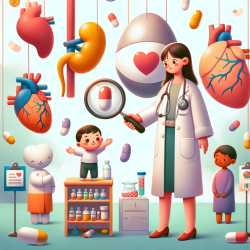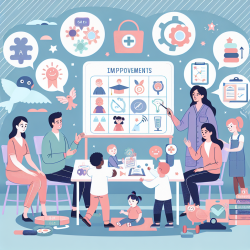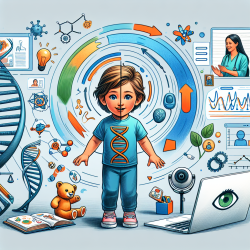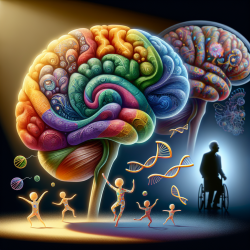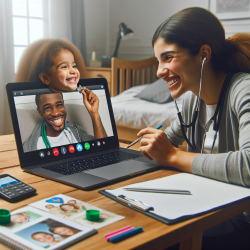Introduction
In the ever-evolving landscape of health communication, the role of visual strategies cannot be overstated. The recent study titled Picture analysis of billboards and infographic graphics advertising COVID-19 on promoting preventive behaviors and taking vaccination against the Coronavirus disease pandemic sheds light on the profound impact of visual components in medical advertising. This research, conducted in Iran, provides valuable insights into how visual elements can be leveraged to enhance public engagement and promote health behaviors.
Understanding the Power of Visual Communication
The study highlights the significance of various visual components such as "The staring look at the spectator (Demand)," "Head-on Shot (Inclusion)," and "Close-up (Intimate/Individual Relationship)" in medical advertising. These elements have been shown to effectively capture public attention and foster positive attitudes towards preventive measures and vaccination.
Visual communication plays a crucial role in creating and maintaining target ideologies. By understanding and utilizing these visual components, practitioners can craft messages that resonate with their audience, ultimately leading to better health outcomes.
Implementing Research Findings in Practice
For practitioners in the field of speech-language pathology and health communication, incorporating the findings from this study can significantly enhance their practice. Here are some practical steps to consider:
- Leverage Visual Elements: Use visual components such as close-ups and head-on shots to create a sense of intimacy and inclusion in your communication materials.
- Focus on Demand: Utilize the "staring look at the spectator" to engage your audience and encourage action.
- Combine Visual and Linguistic Elements: Integrate visual strategies with clear, concise language to reinforce your message and ensure comprehension.
- Adapt to Cultural Contexts: Tailor your visual communication strategies to align with the cultural norms and values of your target audience.
Encouraging Further Research
While this study provides a robust framework for understanding the impact of visual communication, there is ample opportunity for further research. Exploring the interplay between visual and linguistic elements in different cultural contexts can yield deeper insights into effective health communication strategies.
Practitioners are encouraged to conduct their own research, experimenting with various visual components and measuring their impact on audience engagement and behavior change.
Conclusion
The findings from this study underscore the importance of visual communication in health promotion. By implementing these strategies, practitioners can enhance their ability to convey critical health messages, ultimately leading to improved public health outcomes. As we continue to navigate health crises, the integration of visual and linguistic elements will be key to effective communication and behavior change.
To read the original research paper, please follow this link: Picture analysis of billboards and infographic graphics advertising COVID-19 on promoting preventive behaviors and taking vaccination against the Coronavirus disease pandemic.
